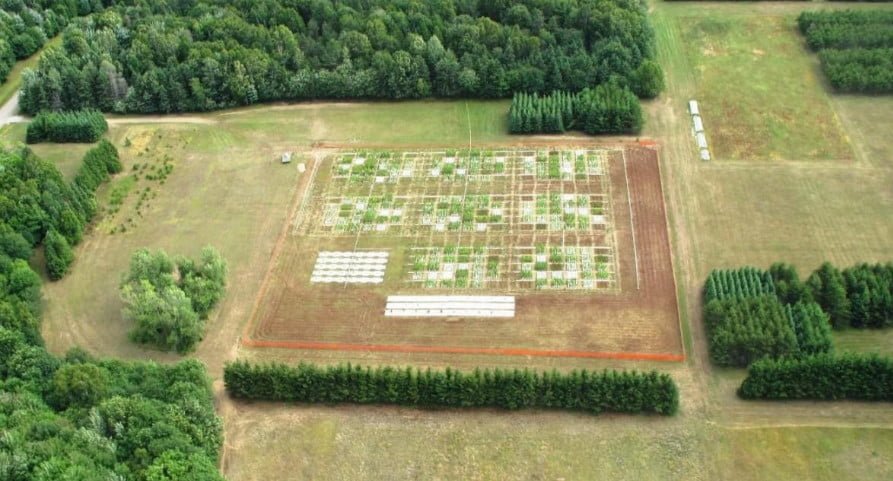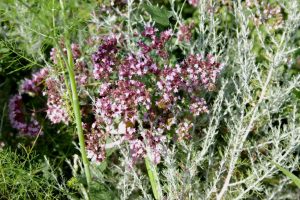
Today, there are many garden techniques. Some gardeners strictly adhere to traditionalist views. Their beds are in perfect order: here are potatoes, then carrots, this area is occupied by cabbage, all weeds are carefully removed, the garden is regularly watered, the soil is loosened.
Opponents of traditional views believe that a vegetable “salad” – when carrots are mixed with onions, potatoes coexist with beans and cabbage, and all this is hidden behind colorful marigold bushes-is more effective than planting a monoculture. And if you add mulch, then all the problems are solved…
The debate about the correctness or incorrectness of both methods can be endless. Fans of mixed beds claim that plants in such plantings are less sick and are attacked by pests, but there are also strong arguments in the camp of their opponents. Indeed, they get enough harvest – enough to feed themselves during the season and to treat their relatives, as well as to make preparations for the whole winter.
The more plant species, the better they grow
Good pure science is that researchers are often interested in the research process and abstract scientific conclusions, rather than the applied side of the question. As part of the IDENT project (An International network of Experiments on Diversity with Trees), scientists have determined whether mixed planting benefits by deciding to approach the problem from afar.
Studying the question of plant development, they delved into the study of the life of the microbial population that lives on plants.

The researchers published the results of the experiment, which began in 2009, in the journal Nature on May 24, 2017. It sounds like this: the diversity of a plant community affects its productivity. In other words, the more plant species that grow in a given area, the better they grow.
About bacteria and plants
For scientists, it is no secret that the life of any macroorganism is closely related to microorganisms – bacteria, for example. Some of them are enemies-pathogenic bacteria, for example, cause various diseases, and without others we can not live and even choose a marriage partner. Plants are no exception.

Communities of bacteria that live on the leaves and roots of plants are not only part of the food chain that processes organic matter into assimilated plants as a result of their vital activity, but also:
- protect plants from pathogenic microorganisms by displacing “bad” microbes or stimulating the production of protective substances by the plant itself;
- regulate the metabolism;
- affect the synthesis of cytokinins and auxins-phytohormones affect the growth of shoots and roots.
Bacterial symbiont communities that live on a plant depend on the type of plant. And the healthier the plant, the more diverse the community. And vice versa: the more diverse the microflora on and around the plant, the better and healthier the plant.
The essence of the experiment
In 2009, biologists planted seedlings of nineteen tree species in small areas – 4×4 meters (13.1×13.1 ft). Given that the study was conducted on young plants (they grow the fastest), there was a high planting density in these squares – 64 plants. A total of 216 test sites were organized in Canada, the Northern part of the United States, Germany and Italy. That is, the total number of trees planted was 13,824.

The plots differed in the species composition of the plants: some were monocultural plantings, others were a mixture of nineteen species of trees, deciduous and coniferous, in equal proportions-two, four or twelve species.
Scientists regularly took leaf samples from all sites (for the purity of the experiment, only 36 of the 64 trees growing in the middle of the site were taken from each site to exclude the boundary effect of neighboring sites) to study the composition of the microbial community living on the leaves. And they recorded the growth and development of plants – by the growth of the leaf mass, the height of the trees and the thickness of the trunk.
And conclusions
After numerous samples over five years, the researchers obtained extensive material for analysis and concluded that plants with leaves that have a more diverse microbial species community grow and develop better.

The diversity of the microbiological symbiont, in turn, directly depends on the species diversity of the plants on the site. That is, in short: in mixed crops, the productivity of plants is higher, and they are healthier.




Leave a Reply